Love, sex and death: Our near-universal obsession with the rose
No flower is more entwined with myth, religion, politics and the human form than the humble rose — and now there's a new coffee table book celebrating them in all of their glory.
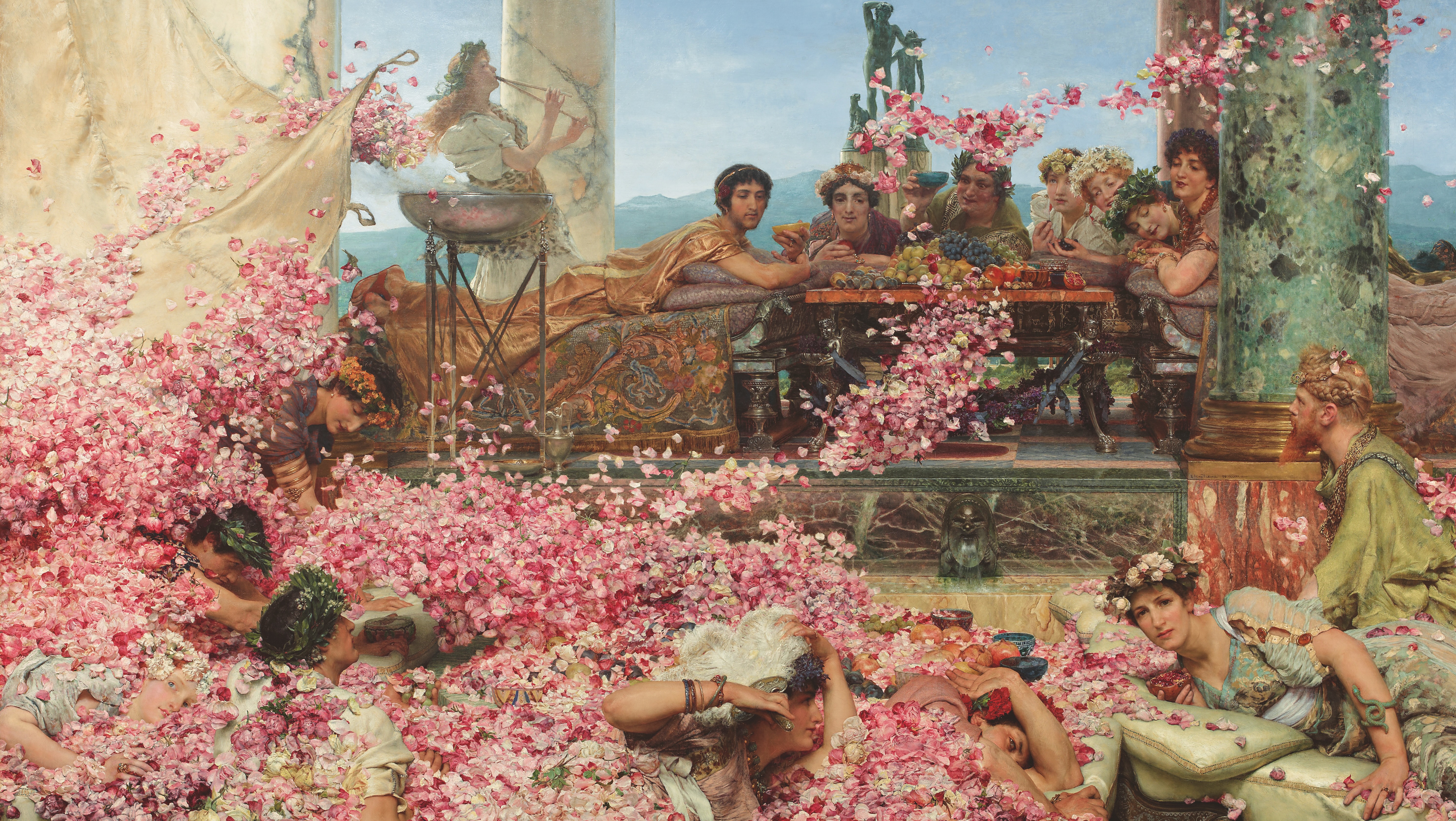
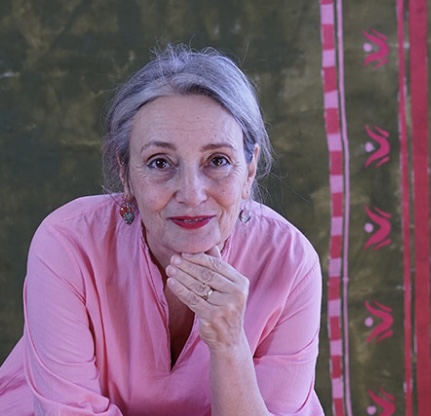
The rose is the most ravishingly beautiful and fragrant of flowers. Genus Rosa has flourished on this earth for some 40 million years and has served our physical and spiritual needs for millennia. Its exquisitely delicate petals and savage prickles (commonly described as thorns) comprise a conjunction of opposites that, for centuries, has inspired writers, artists and designers who have drawn allusions to love, beauty, sexuality, sin, degradation and death. No flower is more entwined with myth, religion and other stories; cultural production and politics; nor more likened to the human — mostly female — body and emotions. Phaidon’s visually stunning new publication The Rose Book interrogates and rejoices our near-universal relationship with this flower of flowers.
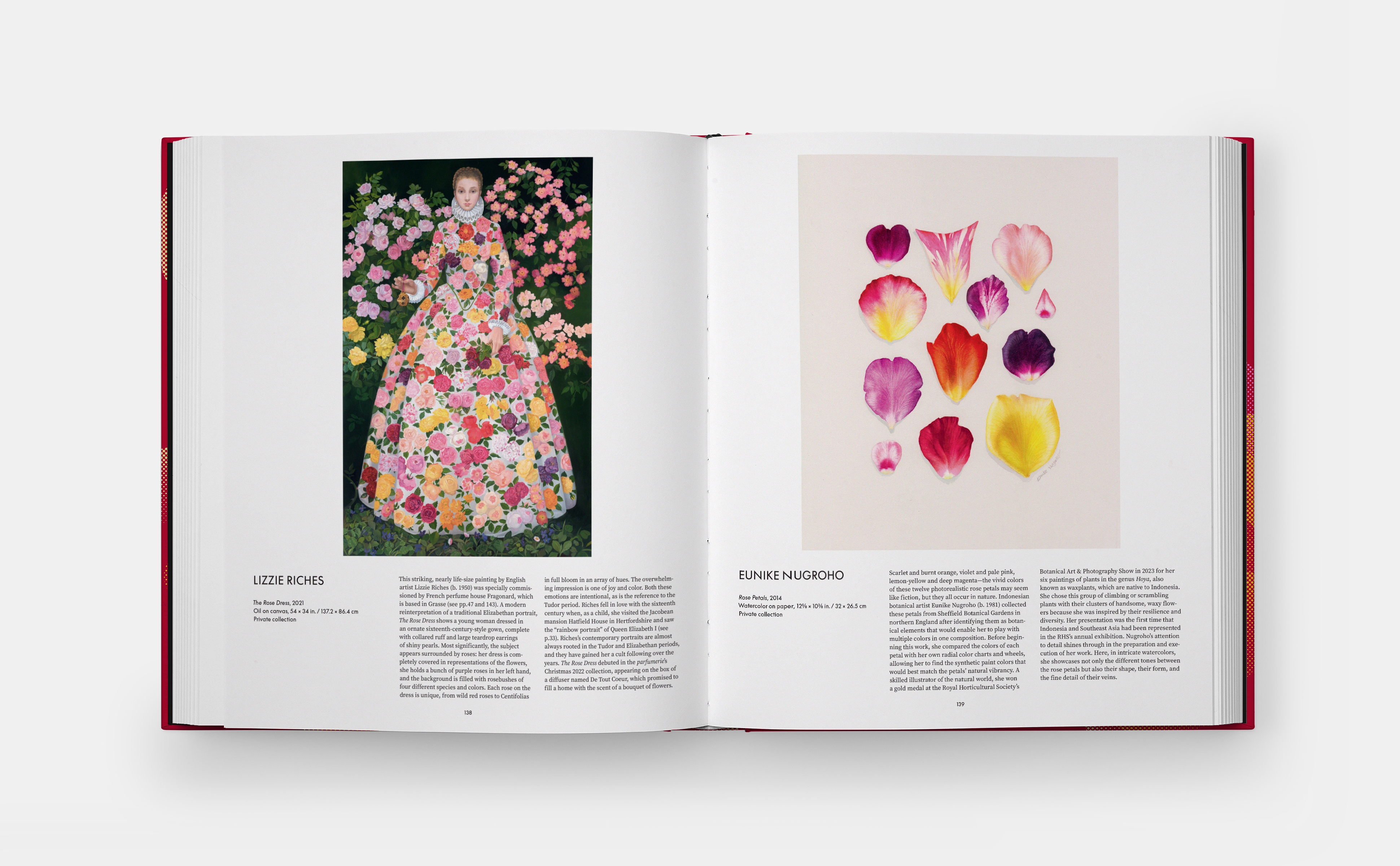
In the second century the rose was personified as female and crowned queen of the flowers by the Greek writer Achilles Tatius in his romantic prose Leucippe and Clitophon. Despite being the most regal of flowers, the rose is also the most common. The shrub has such a broad geographic sweep — permitting so many to enjoy it — because it is resilient, promiscuous, and rambunctious. Whilst recognising the flowers’ Asian origins and global contexts, it is the British who have claimed the rose as their own (we describe delicate-looking young women as ‘English roses’).
It was from the 1870s that the British took the lead from France in growing cultivated roses. World-leading family firm David Austin (est. 1962; based in Shropshire), no doubt familiar to readers, now offer more than 200 gorgeous ‘English rose’ varieties to local and international growers. Imagine reviving the mid-1880s vogue for rose-themed garden parties, timed at the break of day or during moonlight when the flowers are at their most fulsome and fragrant. In 1884, the Vanderbilt’s — once the wealthiest family in the US — ordered 50,000 cut roses for their New York house-warming party, to which they welcomed 1,000 guests. Even today, wearing a single fresh rose marks an occasion out as ‘special’.
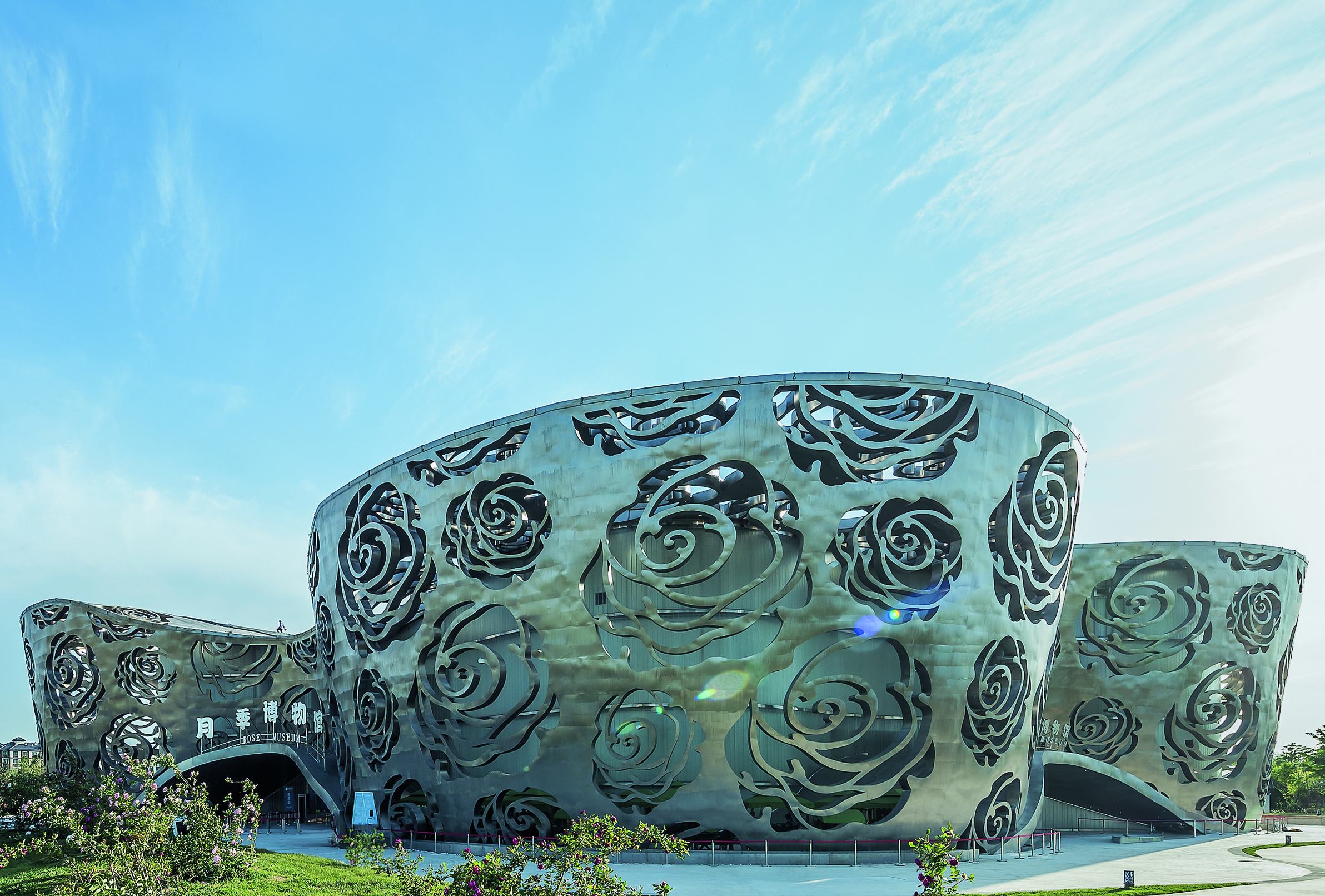
In the 21st century we have seen a renaissance in roses and not only within naturalistic settings. In 2021, NEXT Architects designed a modernistic metal building to house Beijing’s new Rose Museum — imagine, a whole museum dedicated to one flower (above). And, once again, the rose has become highly politicised. In the past, there’s Britain’s War of the Roses and Germany’s anti-Nazi youth movement — which employed a white rose as their symbol of choice. In the present, the bloom has been harnessed to draw attention to vital issues such as racial equality, identity, sexuality, female genital mutilation, fair trade, sustainability and the environment.
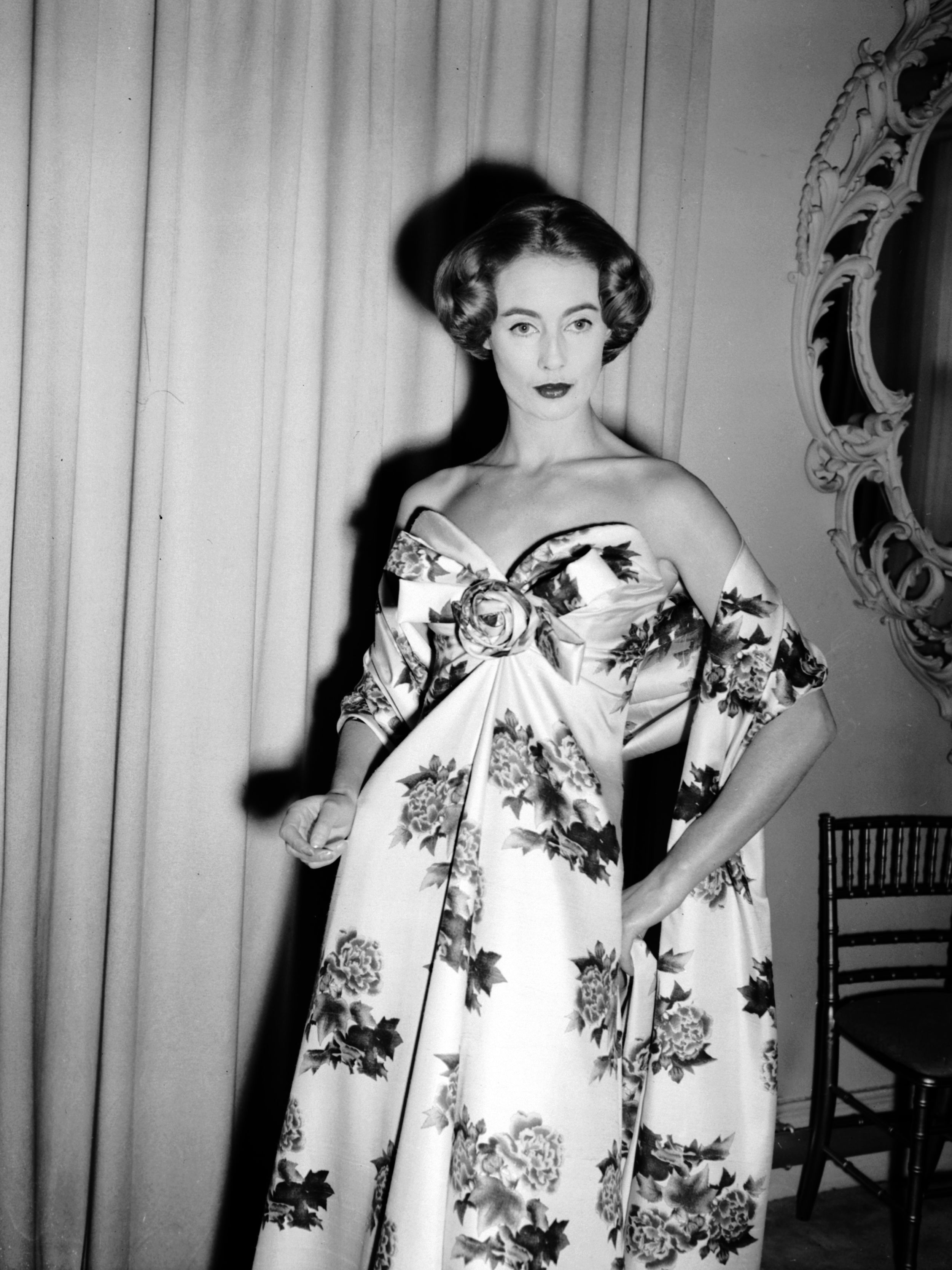
An evening dress of rose-printed shantung by Christian Dior
My own special interest lies in the myriad ways in which the rose has inspired fashion, textiles, folk costume; everyday, sub-cultural and fancy dress, jewellery, body art and grooming. In Ancient Rome, a culture renowned for its extreme adoration of roses, it was men who wore perfume made from roses (women preferred more pungent scents). In the 18th century, the western male elite wore the most magnificent flower-embroidered garments and accessories. It was not until the mid-19th century that roses became synonymous with female fashion.
Roses are a fashion mainstay. It is couture designers Charles Frederick Worth, Christian Dior and Alexander McQueen — the latter dressing a male, female and gender-neutral clientele in extraordinary rose-inspired garments — whom I crown as fashion’s greatest rosarians.
Today, year-round, the world’s wealthiest consumers purchase roses grown by the world’s poorest workers. Standard, long-stemmed and budded roses that have little fragrance and drain local water resources — all before being flown round the world. They are not beautiful and they are certainly not romantic. Happily, there is a shift afoot, spearheaded by florists such as Shane Connolly — who was employed by TRH The Prince and Princess of Wales for their wedding — who are urging us to buy roses that are grown locally and in season. Roses that are truly ravishing.
Sign up for the Country Life Newsletter
Exquisite houses, the beauty of Nature, and how to get the most from your life, straight to your inbox.
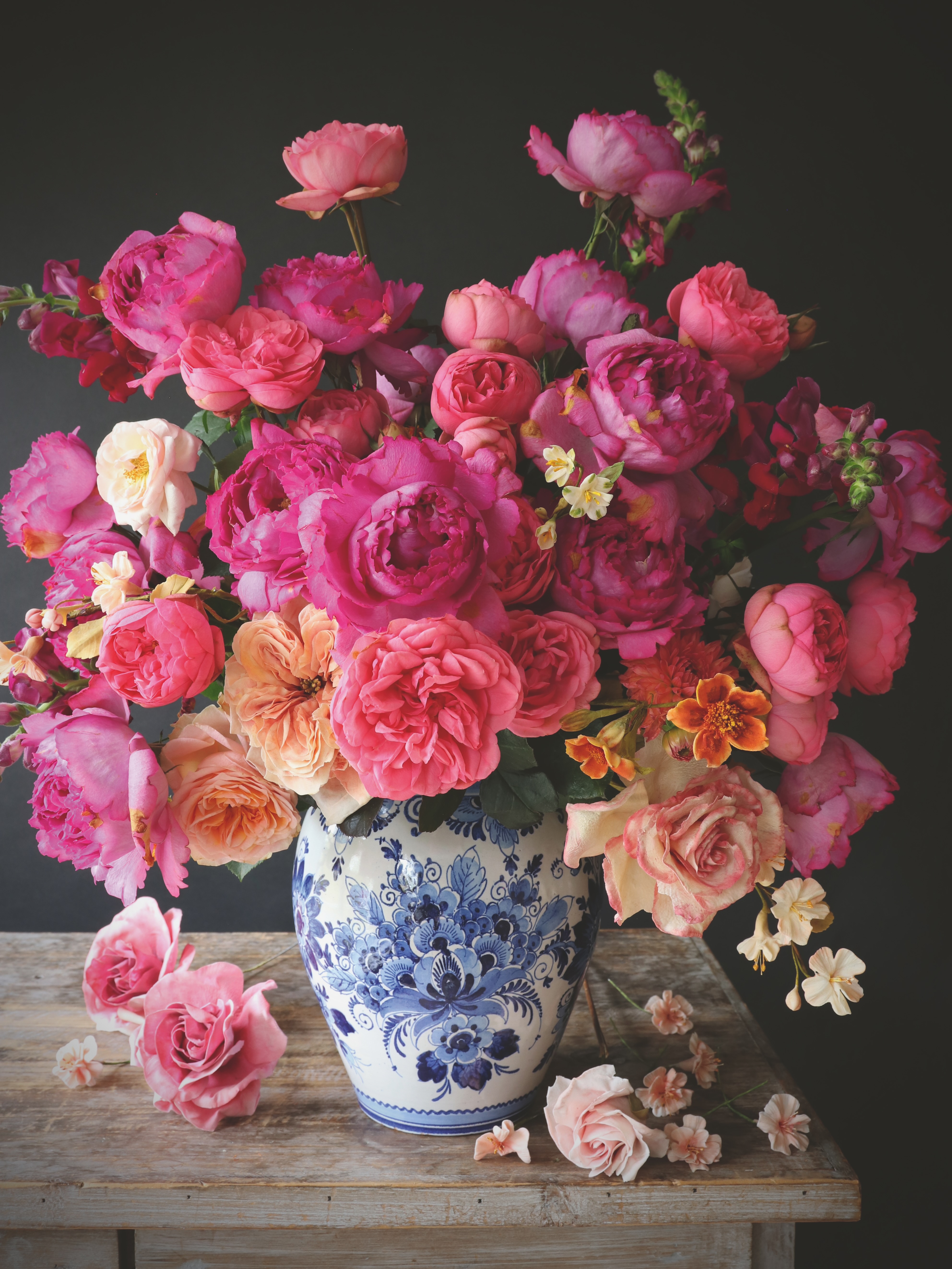
Natasja Sadi's 2023 'Arrangement'
The Rose Book (£34.94) is published by Phaidon on April 3.
Amy de la Haye is Professor of Dress History and Curatorship, and joint director of the research Centre for Fashion Curation at London College of Fashion, University of the Arts London.
-
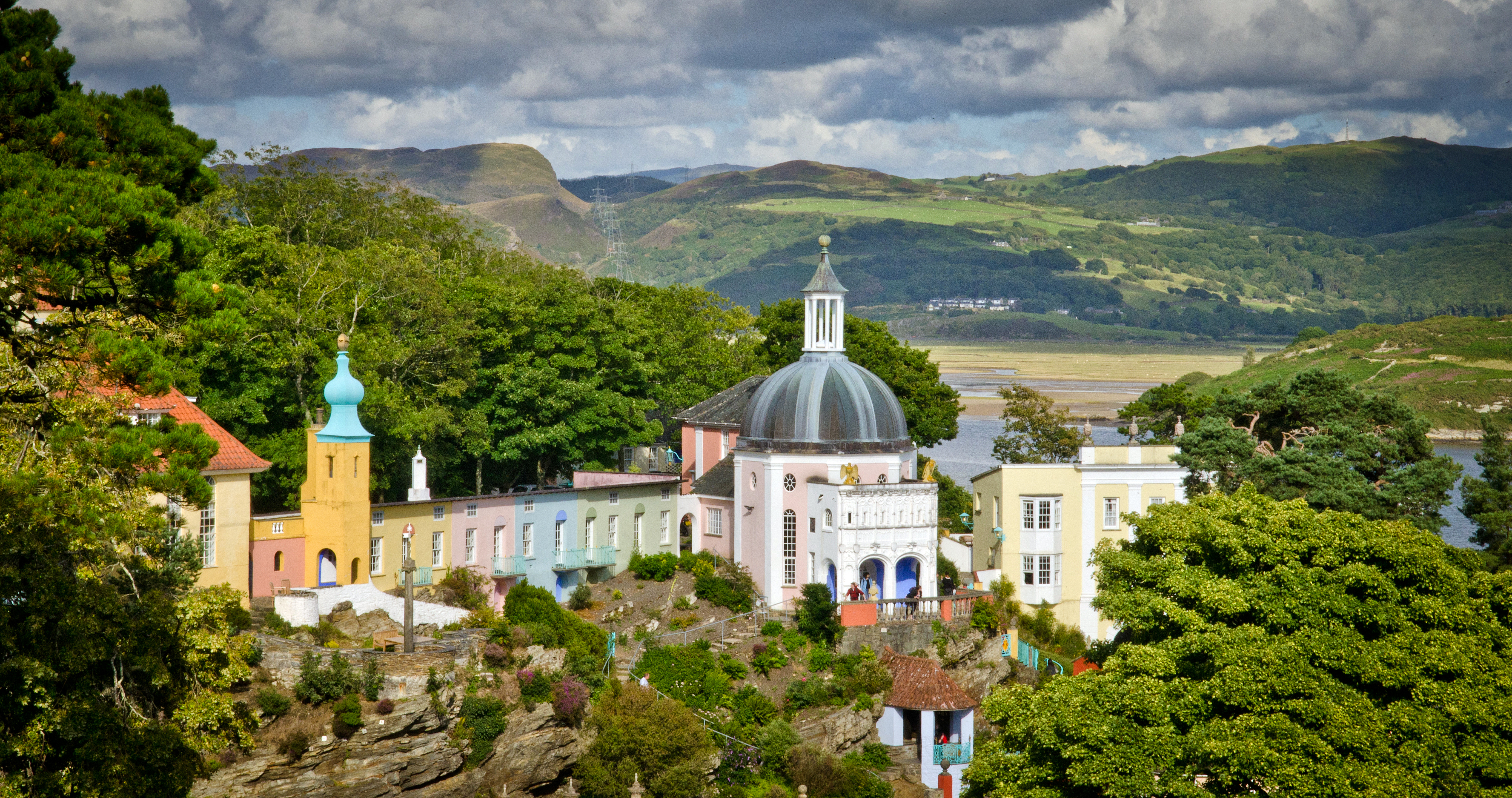 ‘If Portmeirion began life as an oddity, it has evolved into something of a phenomenon’: Celebrating a century of Britain’s most eccentric village
‘If Portmeirion began life as an oddity, it has evolved into something of a phenomenon’: Celebrating a century of Britain’s most eccentric villageA romantic experiment surrounded by the natural majesty of North Wales, Portmeirion began life as an oddity, but has evolved into an architectural phenomenon kept alive by dedication.
By Ben Lerwill
-
 Never leave a bun behind: What to do with leftover hot cross buns
Never leave a bun behind: What to do with leftover hot cross bunsWhere did hot cross buns originate from — and what can do with any leftover ones?
By Amie Elizabeth White
-
 Splash! A Century of Swimming and Style: A whistle-stop history, from the Roman Baths to Hampstead Heath
Splash! A Century of Swimming and Style: A whistle-stop history, from the Roman Baths to Hampstead HeathEmma Hughes dives into swimming's hidden depths at the Design Museum's exhibit in London.
By Emma Hughes
-
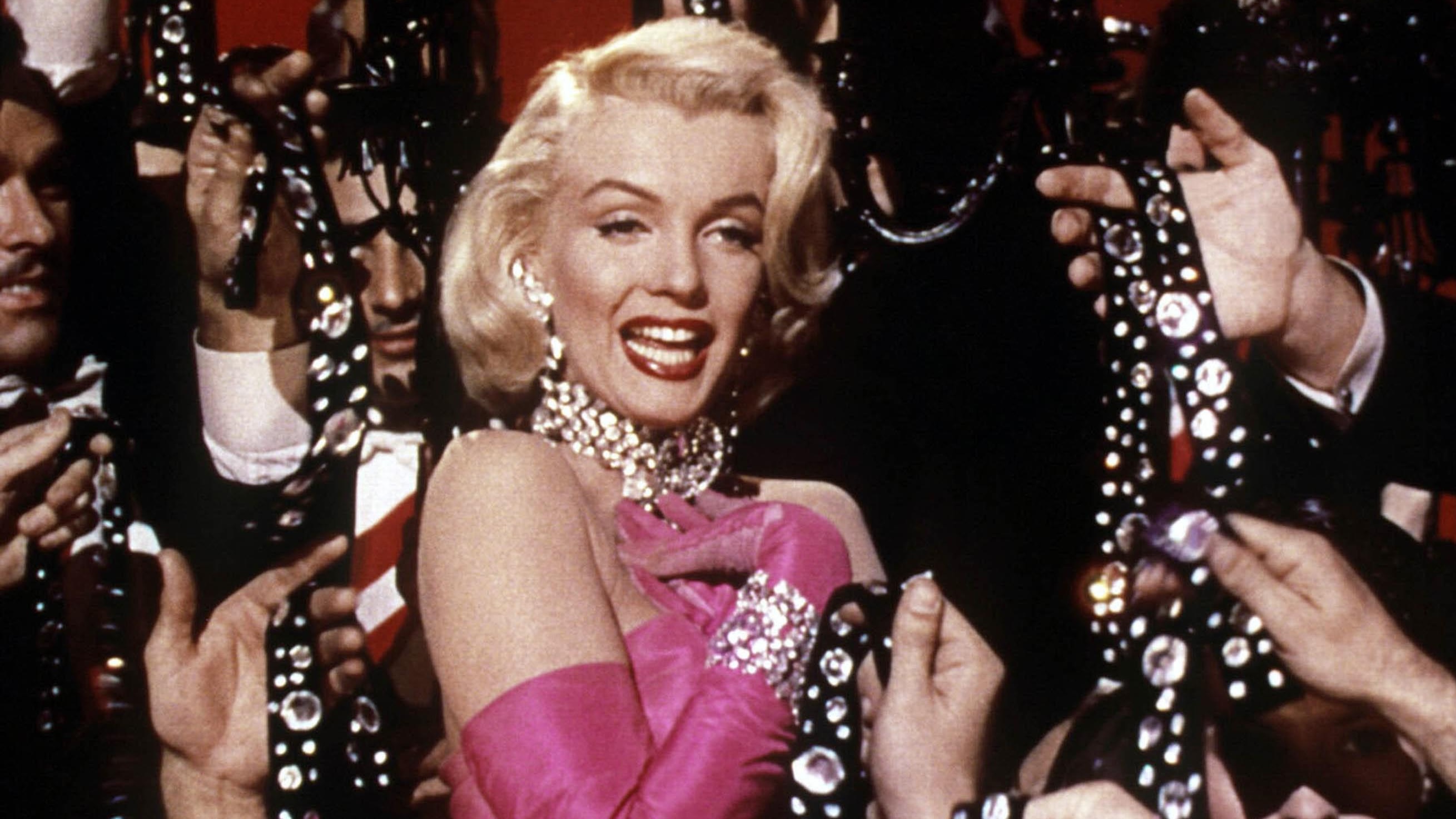 Diamonds are everyone's best friend: The enduring appeal of one of Nature's sparkliest treasures
Diamonds are everyone's best friend: The enduring appeal of one of Nature's sparkliest treasuresEvery diamond has a story to tell and each of us deserves to fall in love with one.
By Jonathan Self
-
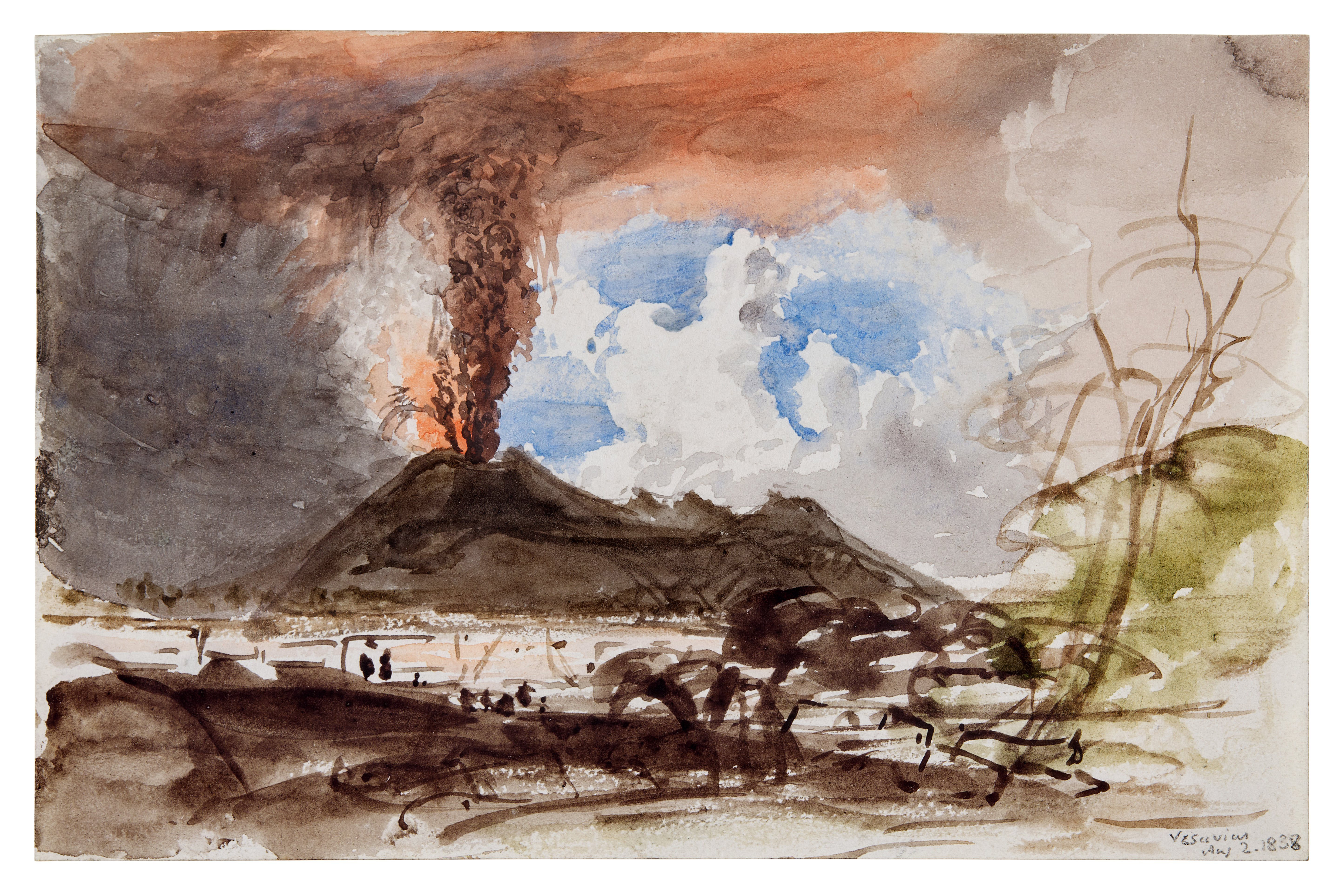 From Vinted to Velázquez: The younger generations' appetite for antiques and Old Masters
From Vinted to Velázquez: The younger generations' appetite for antiques and Old MastersThe younger generations’ appetite for everything vintage bodes well for the future, says Huon Mallalieu, at a time when an extraordinary Old Masters collection is about to go under the hammer.
By Huon Mallalieu
-
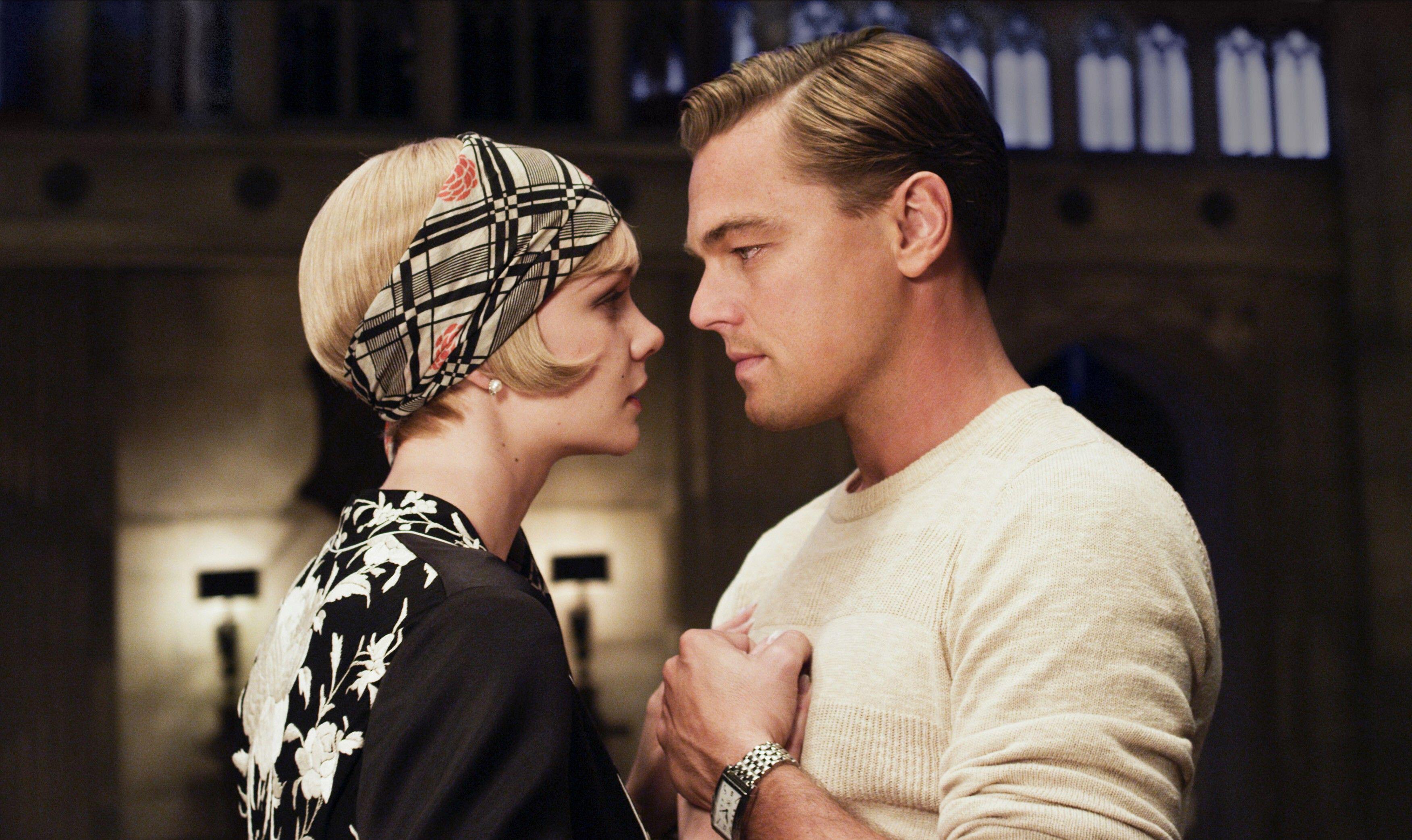 The five minute guide to 'The Great Gatsby', a century on from its publication
The five minute guide to 'The Great Gatsby', a century on from its publication'The Great Gatsby' sold poorly the year it was published, but, in the following century, it went on to become a cornerstone of world literature.
By Carla Passino
-
 Shark tanks, crocodile lagoons, laser defences, and a subterranean shooting gallery — nothing is impossible when making the ultimate garage
Shark tanks, crocodile lagoons, laser defences, and a subterranean shooting gallery — nothing is impossible when making the ultimate garageTo collectors, cars are more than just transport — they are works of art. And the buildings used to store them are starting to resemble galleries.
By Adam Hay-Nicholls
-
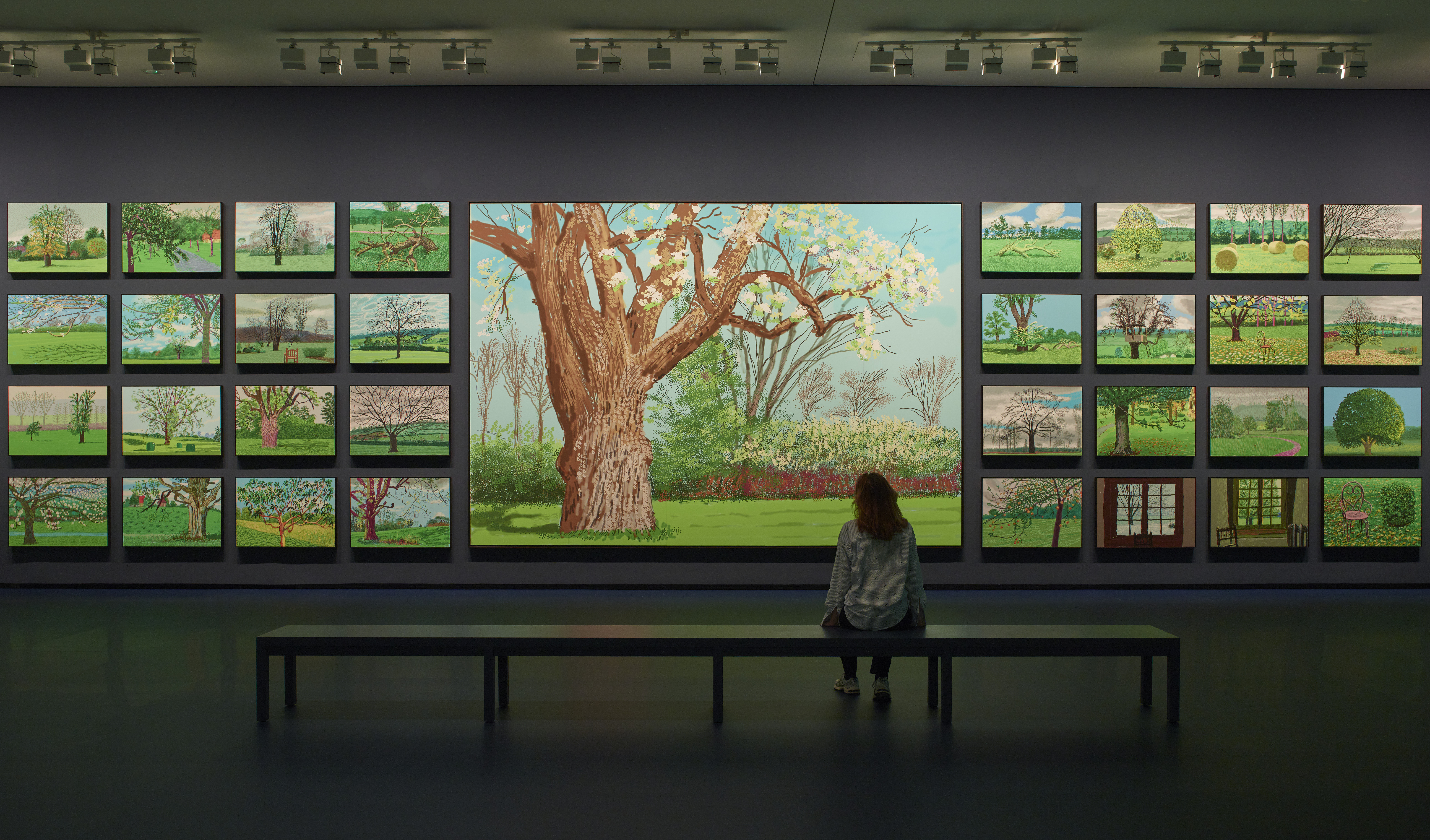 ‘David Hockney 25’ at the Fondation Louis Vuitton: Britain’s most influential contemporary artist pops up in Paris to remind us all of the joys of spring
‘David Hockney 25’ at the Fondation Louis Vuitton: Britain’s most influential contemporary artist pops up in Paris to remind us all of the joys of springThe biggest-ever David Hockney show has opened inside the Fondation Louis Vuitton in Paris — in time for the season that the artist has become synonymous with.
By Amy Serafin
-
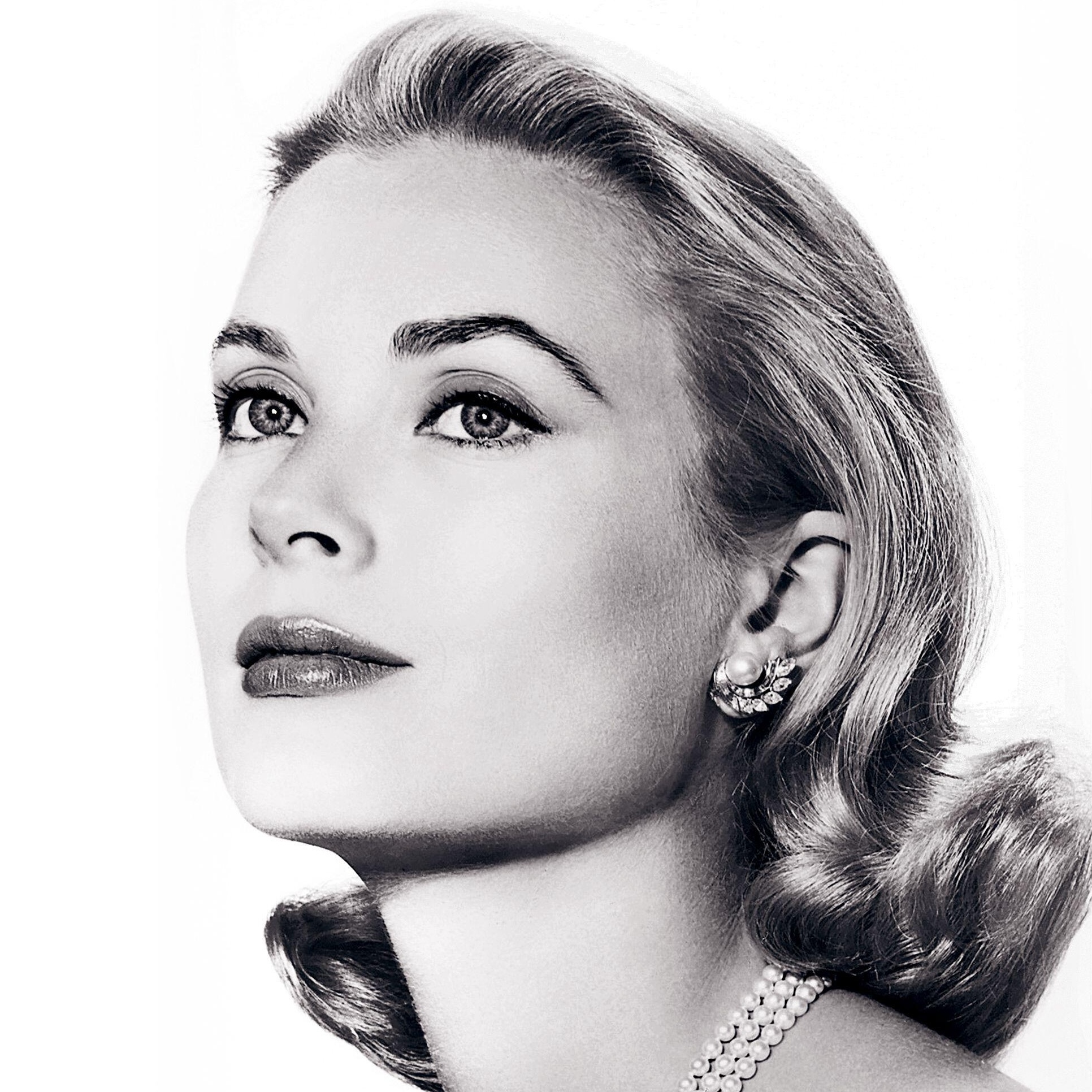 Under the hammer: A pair of Van Cleef & Arpels earrings with an intriguing connection to Princess Grace of Monaco
Under the hammer: A pair of Van Cleef & Arpels earrings with an intriguing connection to Princess Grace of MonacoA pair of platinum, pearl and diamond earrings of the same design, maker and period as those commissioned for Grace Kelly’s wedding head to auction.
By Rosie Paterson
-
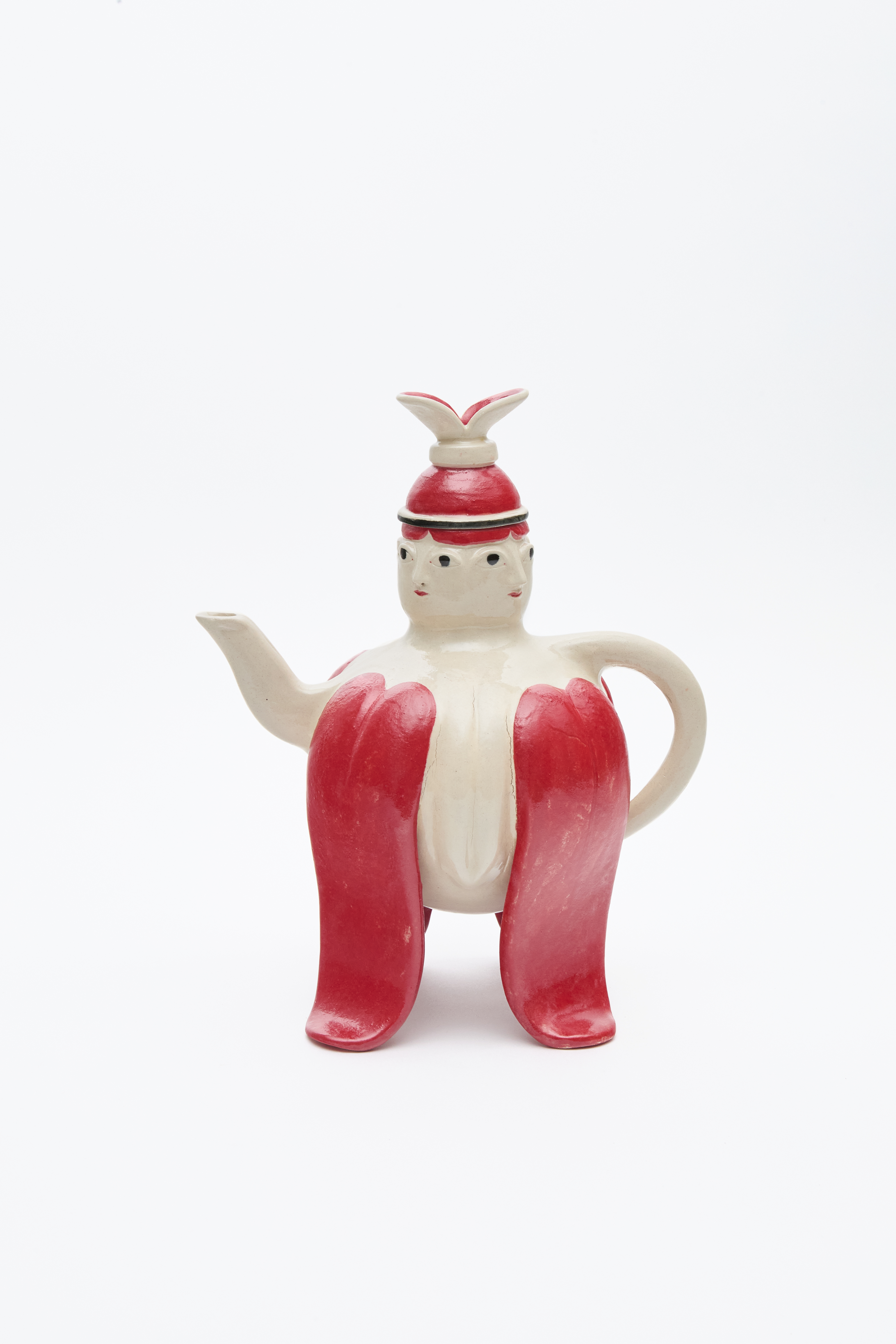 Why LOEWE decided to reimagine the teapot, 25 great designs over
Why LOEWE decided to reimagine the teapot, 25 great designs overLoewe has commissioned 25 world-leading artists to design a teapot, in time for Salone del Mobile.
By Amie Elizabeth White